Based in Austin, TX, Anabolic Warfare has been hitting the supplement industry hard with some incredibly aggressive muscle-building supplements.
One of the unique selling points behind this product line is the inclusion of ecdysteroid-containing plant extracts, bringing an exciting new body of research showing enormous anabolic potential. The first product in the Project Muscle line, Project Hulk, sold out in just a few days, partly because it contains turkesterone, perhaps the most sensational phytoecdysteroid on the market.
But if you're not looking outside of turkesterone, or want to go above and beyond in your stack, what else does Project Muscle have to offer?
Project Jacked: Bringing back Arachidonic Acid and more
Today we're going to take a close look at Project Jacked, one of the unique muscle builders in Project Muscle. This one's incredibly exciting because it contains arachidonic acid, a pro-inflammatory muscle-building ingredient we haven't seen for far too long. Additionally, we have a different source of ecdysteroids in Rhaponticum carthamoides.
We've never seen a muscle builder like this, so below, we take the deep dive. Before getting into the science, take a moment to sign up for PricePlow's Anabolic Warfare news alerts and check prices:
Anabolic Warfare Project Jacked – Deals and Price Drop Alerts
Get Price Alerts
No spam, no scams.
Disclosure: PricePlow relies on pricing from stores with which we have a business relationship. We work hard to keep pricing current, but you may find a better offer.
Posts are sponsored in part by the retailers and/or brands listed on this page.
This area is reserved for Team PricePlow's upcoming Ingredients video.
Subscribe to our channel and sign up for notifications so you catch it when it goes live!
Project Jacked Ingredients
In a single three capsule serving of Project Jacked from Anabolic Warfare, you get the following:
-
Creatine Hydrochloride – 1000 mg
There's no probably no supplement on the market that's been studied as much as creatine -- nor is there one with more evidentiary support for its use.
Highly effective and well tolerated, creatine helps your body synthesize more adenosine triphosphate (ATP),[1-5] the basic unit of metabolic energy in the human body. This comes with a ton of downstream benefits, including:
- Increased power output[6,7]
- Lean mass gains[8-13]
- Faster sprints[14-16]
- Improved hydration status[17]
- Decreased fatigue[18-21]
- Increased sense of well-being[22-25]
- Cognitive improvements (in vegans and vegetarians)[26,27]
- Improved testosterone blood levels[28-32]
- Greater bone density[33]
In addition to the couple dozen studies we've cited in this laundry list of creatine's benefits, there are literally hundreds of similar studies and meta-analyses in the research literature. Bottom line: creatine is a supplement that anyone could recommend with a straight face.
So how much creatine do we need? Creatine occurs naturally in food, so there's a rough physiological answer to this question: the average intake of creatine from diet according to the famous National Health and Nutrition Examination Survey (NHANES) is 0.54 grams per day, but some Americans get over 3 grams of creatine per day just from food. So a 1,000 mg (1 gram) dose is a physiologically appropriate dose for some - but likely not low meat dieters.
The standard and most studied creatine dose is about 3 to 5 grams per day – so if you take Project Jacked, you may wish to add in some additional creatine... or you could just eat some steak (we're a big fan of this approach).
Creatine hydrochloride?
The avid supplement consumers among us have probably noted the appearance of creatine hydrochloride instead of creatine monohydrate, the latter of which is the more commonly used form. The reason for this is that some believe the hydrochloride form to be more bioavailable, and hence more effective, than the monohydrate form. In animals, this actually seems to be the case, where the hydrochloride form has been shown to have oral bioavailability.[35]
One study published in 2015 compared creatine hydrochloride against monohydrate in humans, and found that it worked as well or better than monohydrate at 5 grams per day,[34] which is a study always worth considering, even if we're at a lower dose.
At the end of the day, though, it's likely splitting hairs. We'll generally take any form of creatine -- a direct comparison between the two forms showed no difference in humans.[36] No worries though – creatine HCl is plenty effective and many report less GI issues from it, so some will be very happy to see it. You'll still get all the usual benefits of creatine monohydrate.
-
Arachidonic Acid – 500 mg
We don't get to write about arachidonic acid (ArA) very much, so we're glad to see it included here, because using this ingredient shows a good understanding of human physiology and the precise mechanisms by which we gain muscle.
ArA, an omega-6 fatty acid, occurs naturally in the phospholipids of the human body.[37] ArA comes into muscle synthesis by playing a signaling role – it triggers the production of molecules that regulate inflammation, especially the inflammation that follows a bout of intense exercise.[38] So taking ArA basically increases the amount of exercise-induced inflammation.
"But wait," you might be asking, "isn't inflammation bad?"
Yes, some kinds of inflammation are bad – specifically, chronic (unremitting) inflammation. But acute inflammation is a naturalistic response to stimuli that warrant it. Exercise is one example, and the immune response is another.
In fact, inflammation is so important for gaining muscle that the use of non-steroidal anti-inflammatory drugs (NSAIDs) around the time of exercise can actually impair the growth of muscle.[39,40] So clearly, we don't want to get rid of all inflammation. As with many things in life, we should strive for a happy medium between too little and too much.
How can we get a bit more inflammation -- but at the right time? That's the perfect use for a supplement.
Arachidonic Acid Mechanisms of Action
ArA helps produce eicosanoids,[41] a group of signaling molecules that includes prostaglandins (these are the primary target of NSAIDs), thromboxanes, lipoxins, and leukotrienes.
The category we care most about is prostaglandins. The prostaglandins PGE2 and PGF2a are necessary for muscle protein synthesis to occur in response to exercise.[42,43] So to maximize muscle gains, we want PGE2 and PGF2a levels to be as high as possible.
People who take ArA as part of a weightlifting program can significantly increase the expression of PGE2 and PGF2a,[44] leading to an increased amount of muscle protein synthesis.[45,46] This leads to bigger muscles overall.
Effectively, ArA is a clever hack to trick your muscles into growing more!
A Note about Arachidonic Acid
Because arachidonic acid works by increasing inflammation, it should be taken away from powerful anti-inflammatory compounds like fish oil, curcumin, and especially NSAIDs like aspirin and ibuprofen.
Finally, due to this ingredient, we believe that Project Jacked should be near your workout. This is the time to promote pro-inflammatory muscle protein synthesis. Some will argue for pre- or post-workout use specifically, so test what specifically may work best for you.
-
ElevATP (Apple & Peat Polyphenols) – 150 mg
ElevATP is a trademarked mixture of extracts from peat moss and apples.
This graph shows the increases in strength for the group receiving elevATP (TRT) and the placebo (PLC) group.
Preliminary studies have shown that ElevATP can increase extracellular ATP levels,[47] which, as we know from our above discussion of creatine, is crucial for optimizing a ton of metabolic processes. ATP is the basic unit of cellular energy, so of course, not having enough is a pretty terrible thing in terms of health and performance, and having more is almost always better. We deplete ATP during exercise, so raising ATP levels through supplementation can theoretically help blunt some of the negative effects associated with exercise.
There has been at least one study that specifically examines whether this theoretical benefit translates into real-world performance gains: and the answer appears to be yes. The study, published in 2016, found that supplementation with 150 milligrams of ElevATP daily for eight weeks increased subjects' one rep max for squat and deadlift, compared to a placebo control.[48] There were also increases in vertical jump velocity and power.[48]
At just a 150 milligram clinical dose, ElevATP makes great sense in a capsule muscle building supplement, and pairs very well with the creatine also inside.
-
Maral Root Extract (Rhaponticum Carthamoides) – 100 mg
Sourced from the plant Rhaponticum carthamoides, maral root extract is a rich source of phytoecdysteroids, testosterone-like phytochemicals that have anabolic effects.
Rhaponticum extracts are standardized for 20-hydroxyecdysone, also known as ecdysterone. Of all identified phytoecdysteroids, ecdysterone is the most studied by far.
Because ecdysterone does not affect the androgen system, you can use it to increase anabolism without worrying the hypothalamic-pituitary mediated negative feedback on testosterone production that's typically associated with anabolic steroid use.
One in vivo study found that ecdysterone increased subjects' muscle mass by about 7% compared to a placebo, while decreasing fat mass by a significant 10%.[49] In vitro studies conducted with animal cells have found that ecdysterone is capable of increasing the diameter of rats' muscle fibers.[39]
Another human study in collegiate weightlifters found that ecdysterone supplementation significantly increased their muscle and strength gains compared to a placebo.[50]
Whole Plant Extracts vs. Isolated Ecdysteroids
So if ecdysterone is so great, why not just use isolated ecdysterone? The simple answer is that according to the research literature, whole-plant extracts typically contain a variety of ecdysteroids, which are more effective in combination than any particular one on its own.[40]
Whole-plant Rhaponticum extracts have been studied specifically, and the evidence indicates that they can cause substantial increases in muscle mass[49] and work capacity,[51] while decreasing fat mass.[49]
There's a lot to write about phytoecdysteroids and ecdysterone in particular, but a full discussion beyond the scope of this article. If you're interested in reading our detailed review of phytoecdysteroid research, check out our article Turkesterone and Phytoecdysteroids: Mother Nature's Anabolic Warfare. After reading that, you may just consider stacking Project Jacked with another supplement or two from Anabolic Warfare!
-
Nettle Root Extract (3,4 Divanillyltetrahydrofuran) (Urtica fissa) – 100 mg
Plants from the Urtica family, commonly known as nettle, have been used for thousands of years in traditional medicine as anti-inflammatory drugs.[52] Among its other uses, preparations of the Urtica family have been shown to act as 5-alpha-reductase inhibitors, thus preventing the conversion of testosterone to dihydrotestosterone (DHT).[53] This keeps total testosterone levels higher, while simultaneously reducing some of the negative effects associated with high DHT, such as prostate enlargement[53,54] and hair loss.
Urtica plants have been shown to lower the binding affinity of human sex hormone-binding globuline (SHBG),[55-57] which prefers to bind testosterone over estrogen.[58,59] So by interfering with the action of SHBG, we can effectively raise our bodies' levels of free or unbound testosterone, which is the biologically active form of the hormone.
3,4-Divanylltetrahydrofuran (DVTHF)
A new 2022 study showed that 3,4-Divanillyltetrahydrofuran (DVTF) from Urtica fissa provides some incredible benefits in diabetic mice.[60]
Although Urtica extracts are usually taken from the Urtica dioica plant, this extract from Urtica fissa is standardized for 3,4-Divanillyltetrahydrofuran (DVTHF).
DVTHF matters because according to the research literature, "the affinity of (-)-3,4-divanillyltetrahydrofuran [for SHBG] was outstandingly high."[56] Its affinity was so high that DVTHF was able to completely prevent DHT from binding to SHBG.[56] They conclude by saying "The outstanding affinity of 3,4-divanillyltetrahydrofuran is a further proof for the physiological effectiveness of this class of compounds."[56]
A study recently published in 2022 showed that when 3,4-divanillyltetrahydrofuran from Urtica fissa (exactly what we have here) was given to diabetic mice, not only did body weight and fasting blood glucose go down, but mating behavior and both free and total testosterone went up![60]
So, this Rhaponticum extract with its strong ability to interfere with the action of SHBG means more free testosterone for you – and with it, all the effects typically associated with high testosterone, like energy, drive, stamina, and gains.
-
Dehydroepiandrosterone (DHEA) – 100 mg
In a world where heavy-hitter testosterone gets all the glory, dehydroepiandrosterone (DHEA) is easily overlooked. But make no mistake: DHEA, a precursor to better-known steroid hormones like testosterone and estrogen,[61] is a powerful compound in its own right. In fact, it has repeatedly been described in the research literature as "the fountain of youth".[61-64]
DHEA has received a lot of attention from anti-aging researchers in recent years because of its ability to produce the hallmarks of youthfulness, and because unfortunately, DHEA production declines by as much as 80% after the age of 30.[65-67]
The way DHEA makes us more "youthful" is by regulating the synthesis and action of cortisol, the body's main glucocorticoid stress hormone.
DHEA (even low-dose DHEA) does this by inhibiting the action of 11β-HSD1, the enzyme that synthesizes cortisol, while enhancing the action of 11β-HSD2, the enzyme that degrades (breaks down) cortisol.[68-71]
The overall effect is to decrease our body's blood levels of cortisol.
Additionally, DHEA seems to have effects similar to those of dihydrotestosterone (DHT), which is arguably the most androgenic form of testosterone and responsible for most of the androgen system's "masculinizing" effects[72] as well as a significant degree of anabolism.[72]
Finally, whenever we are taking testosterone boosters, we want to do something to inhibit aromatase, the enzyme that converts testosterone to estrogen – otherwise, some of the surplus testosterone we produce will be wasted. Fortunately for us, DHEA has been shown to possess significant aromatase inhibiting activity,[73] with one study showing that DHEA reduces aromatase activity by approximately 35%.[73]
-
7-Keto DHEA - 50mg
7-Keto DHEA is a byproduct of DHEA, with most of the benefits of DHEA itself – the difference being that 7-Keto DHEA is not converted into testosterone or estrogen, so the inclusion of this form really emphasizes the independent benefits of DHEA supplementation.
The next wave of warfare is here from Austin, TX based Anabolic Warfare -- Project Muscle! Inside we introduce the eleven incredibly unique supplements, three of which lean on epic anabolic plant-based ingredient, turkesterone.
Instead, 7-Keto DHEA has been shown to boost metabolic rate in dieters in caloric deficits, and seems to do so by regulating cortisol.[74-76] Cortisol reduction has been shown to lead to numerous beneficial effects, including improved hormonal status, so that's likely the real purpose here -- although we'll happily take an improved metabolic rate.
-
BioPerine Black Pepper Fruit Extract (95% Piperine) (Piper Nigrum) - 5mg
Finally, to tie it all together, Anabolic Warfare provides some ingredient amplification using BioPerine, which is a black pepper extract standardized for piperine. This is valuable because piperine inhibits stomach enzymes that prematurely break down compounds and ingredients before they can get absorbed by the intestines,[77] effectively boosting ingredient uptake.
Piperine also increases GLUT4,[78] which is helpful because this is the transporter that moves glucose from the bloodstream and into muscle tissue. There's some added research helping to combat metabolic issues like fatty liver and insulin resistance,[79] along with some added antioxidant support.[80]
Dosage and Timing
As discussed in the arachidonic acid section above, you're going to want to put this one close to your workout and away from anti-inflammatory ingredients such as fish oil, curcumin, and NSAIDs. Our initial thinking is to take it post-workout, but many argue for ArA to be taken pre-workout - the point is to take advantage of the acute inflammation generated!
Conclusion: ArA is back in Project Jacked!
Anabolic Warfare's Project Jacked is on the cutting edge of testosterone-boosting research. We particularly like the emphasis here on compounds that inhibit SHBG and boost free testosterone while providing some aromatase inhibition through the inclusion of DHEA, all while promoting muscle-building inflammation around your workout.
Because of all of these mechanisms coming together, including the ATP boosters, this could possibly be the most unique muscle building supplement on the market.
Meanwhile, phytoecdysteroids are a huge frontier in supplement research today – we predict that in 2022 and beyond, you're going to see more and more brands including extracts from phytoecdysteroid-rich plants like Rhaponticum carthamoides. Anabolic Warfare did that here and then some.
So far, Project Muscle is coming through in a big way. We intend to continue covering them, since there are several types of unique product in this line that you can mix and match for a custom approach and optimal results:
- Three muscle-building formulas
- Three single-ingredient muscle builders
- Three weight loss/toning formulas
- Two hormone optimizers
We consider Project Jacked to be one of the more advanced formulas inside, and that's why we covered it first in our Project Muscle series.
Stay tuned, because there's more coming:
Anabolic Warfare Project Jacked – Deals and Price Drop Alerts
Get Price Alerts
No spam, no scams.
Disclosure: PricePlow relies on pricing from stores with which we have a business relationship. We work hard to keep pricing current, but you may find a better offer.
Posts are sponsored in part by the retailers and/or brands listed on this page.
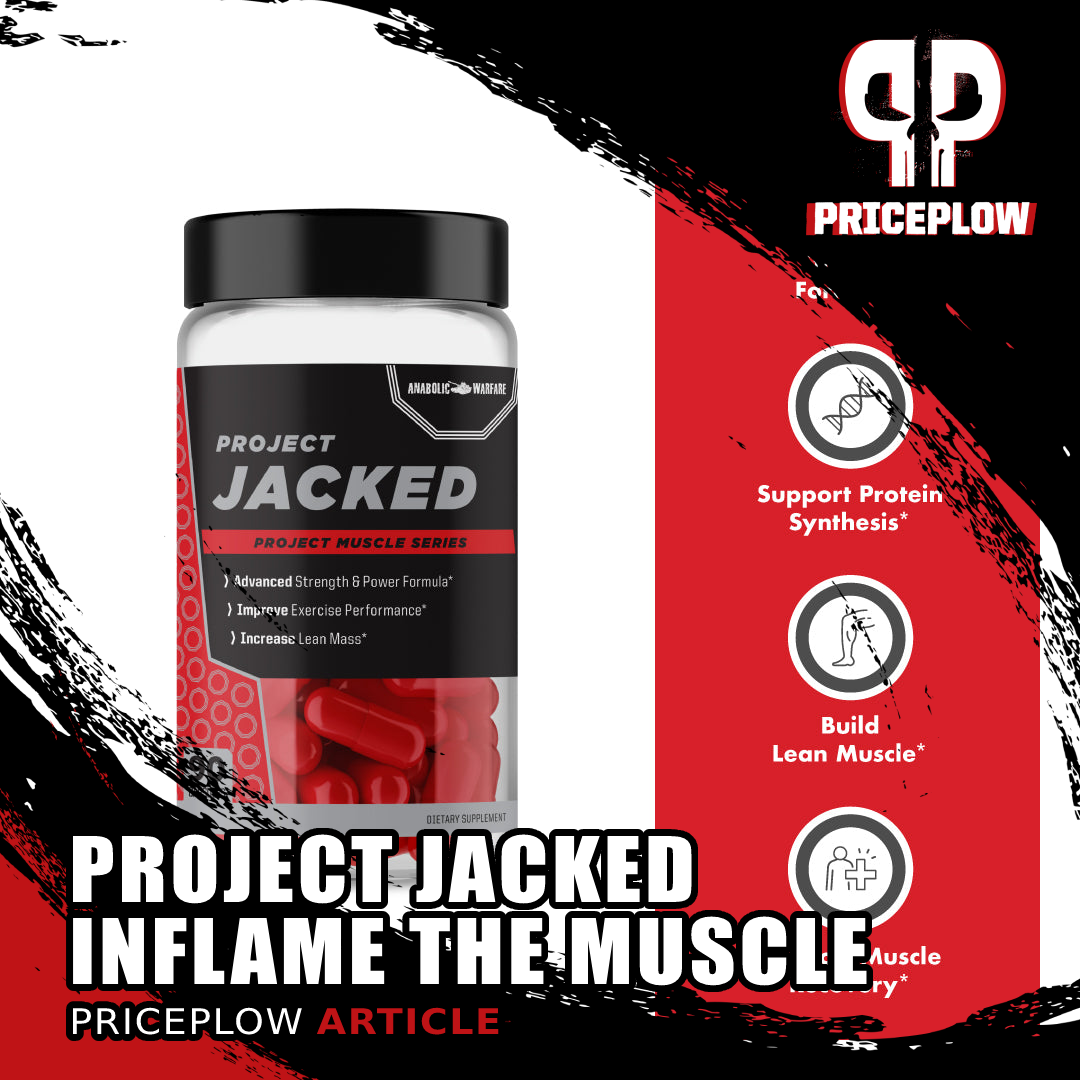
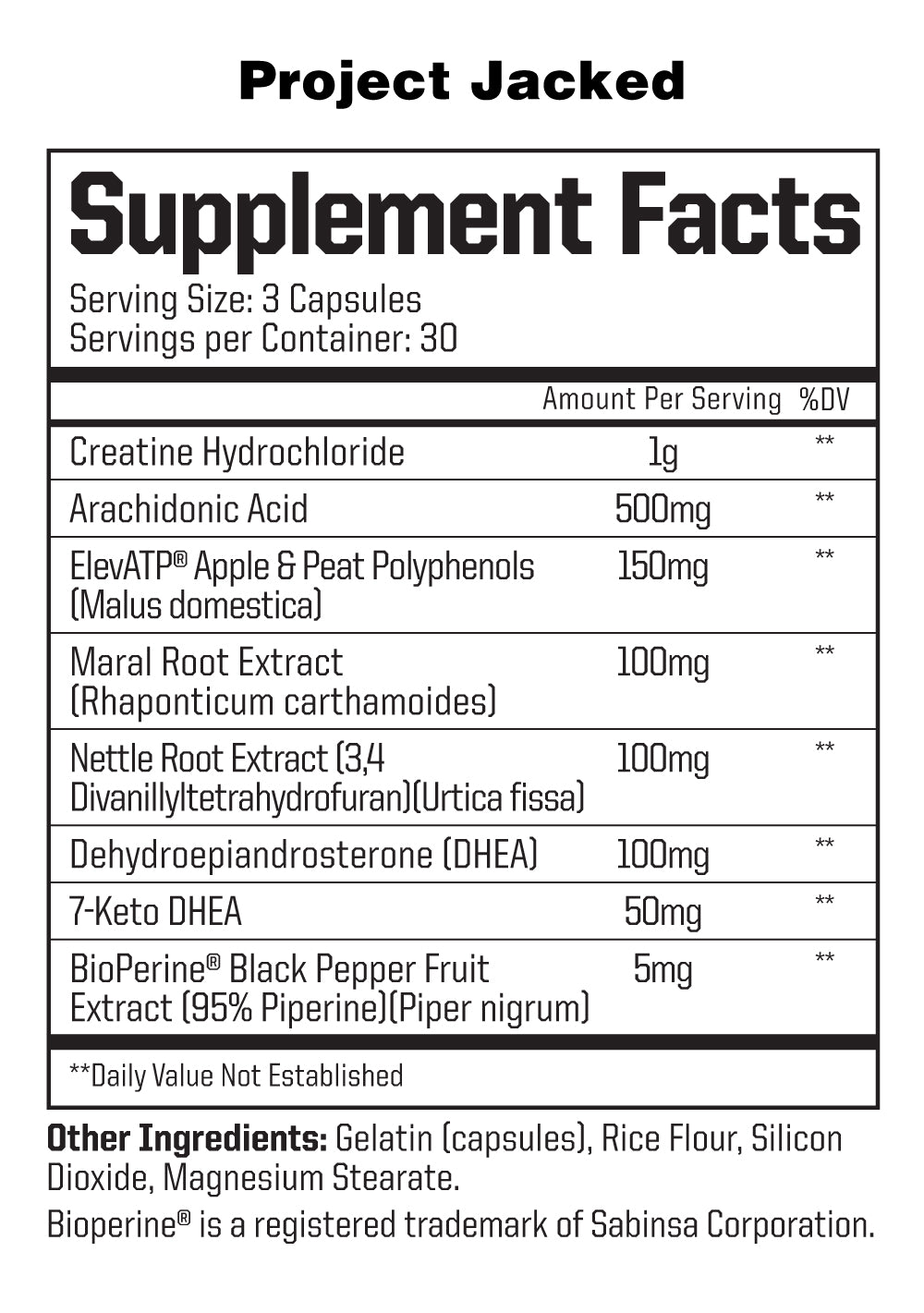
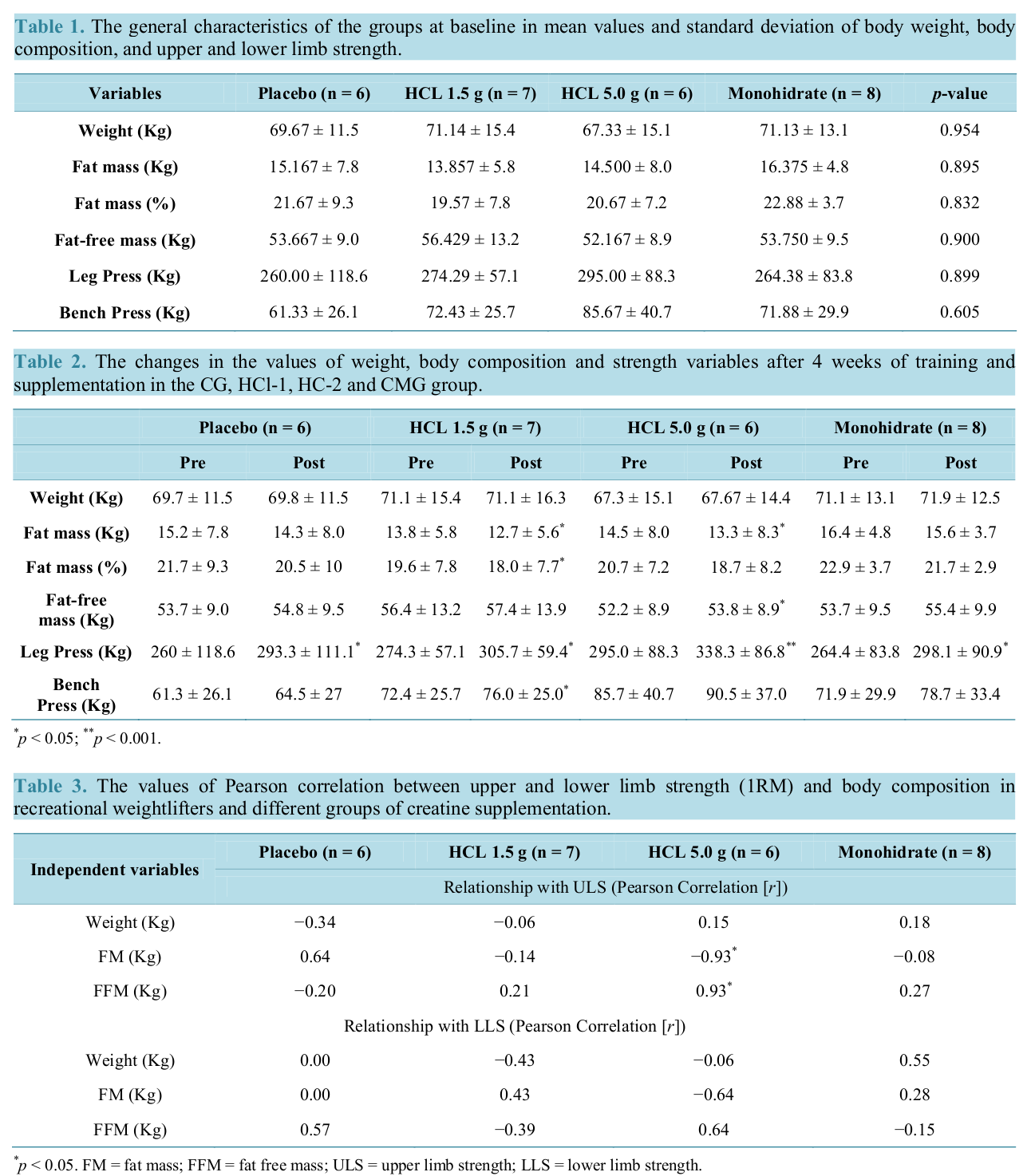


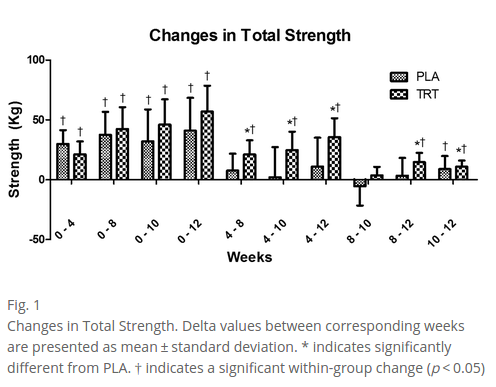
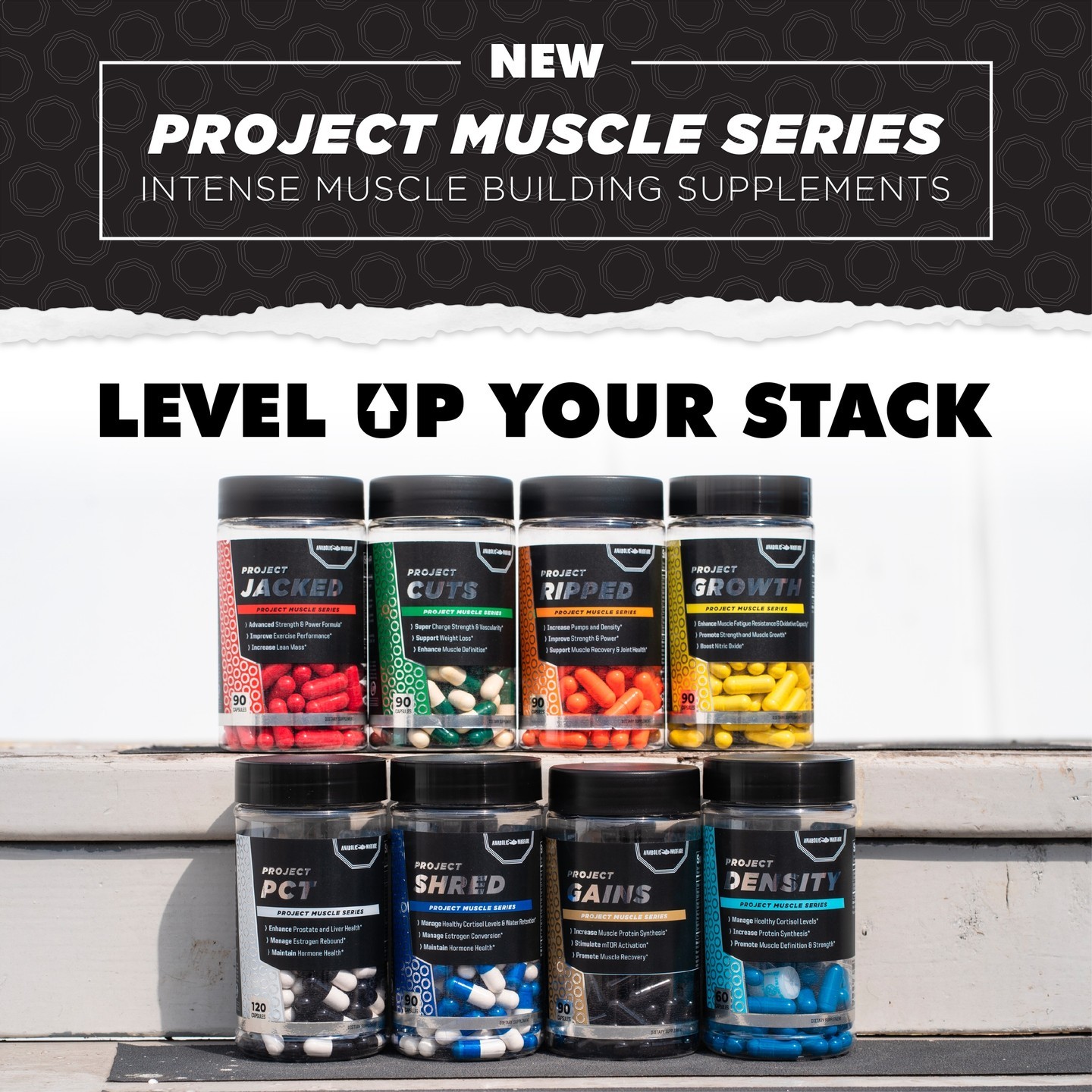


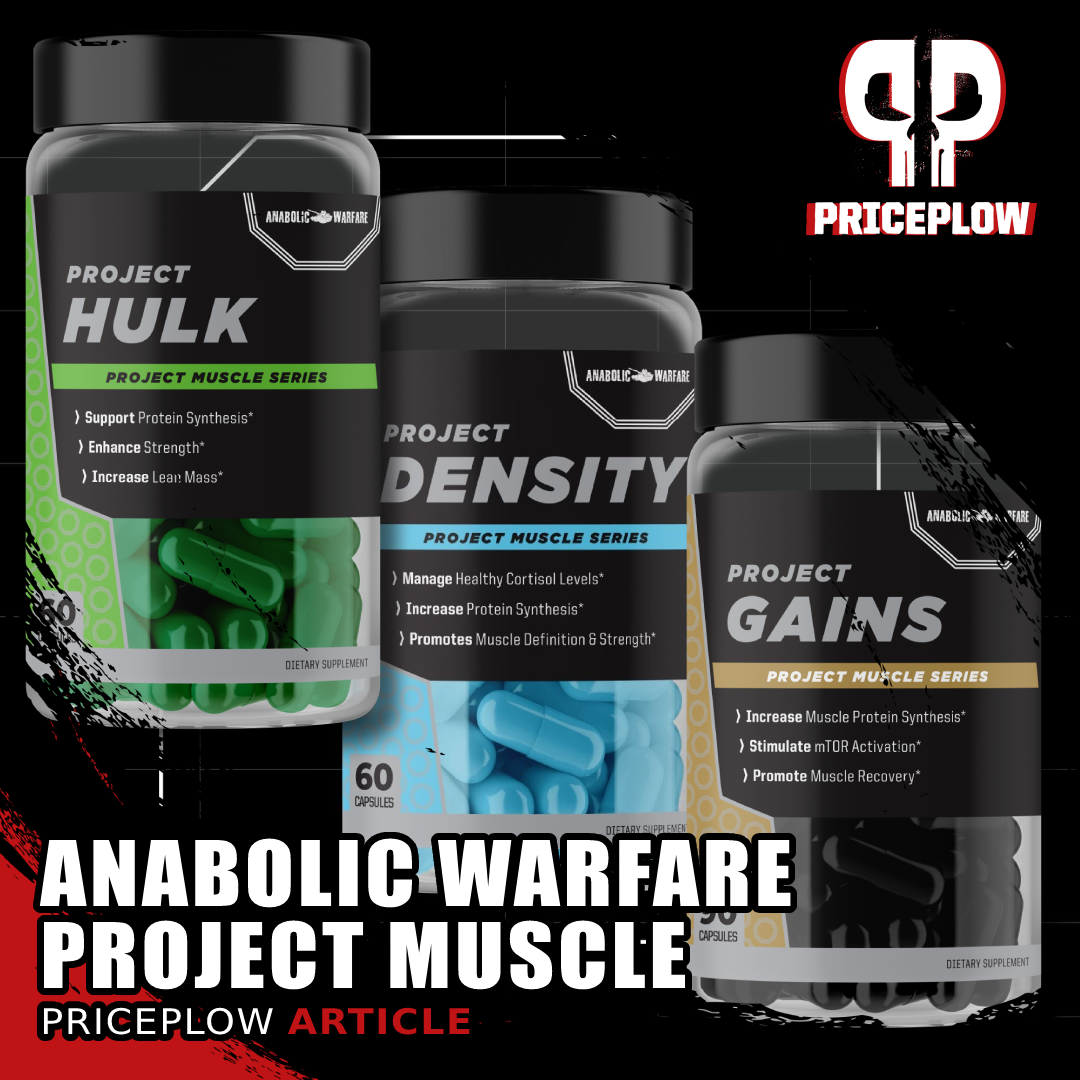
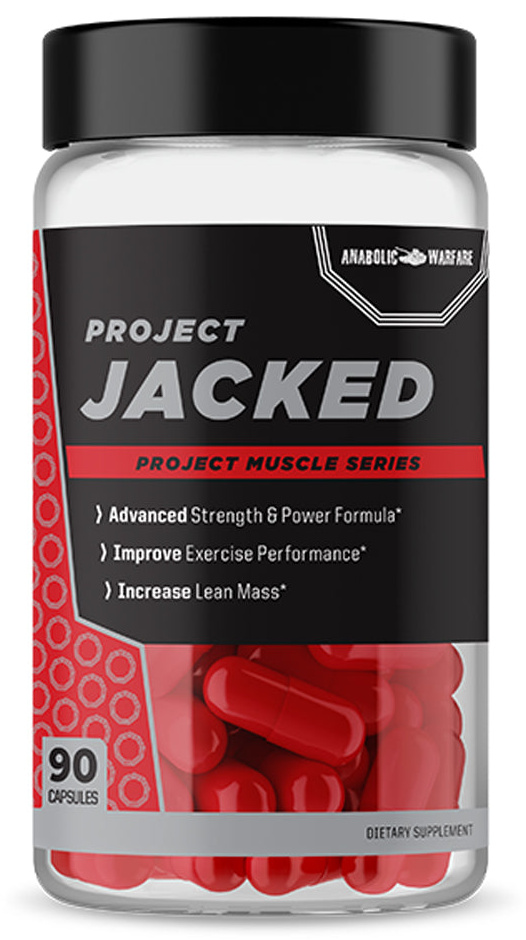


Comments and Discussion (Powered by the PricePlow Forum)